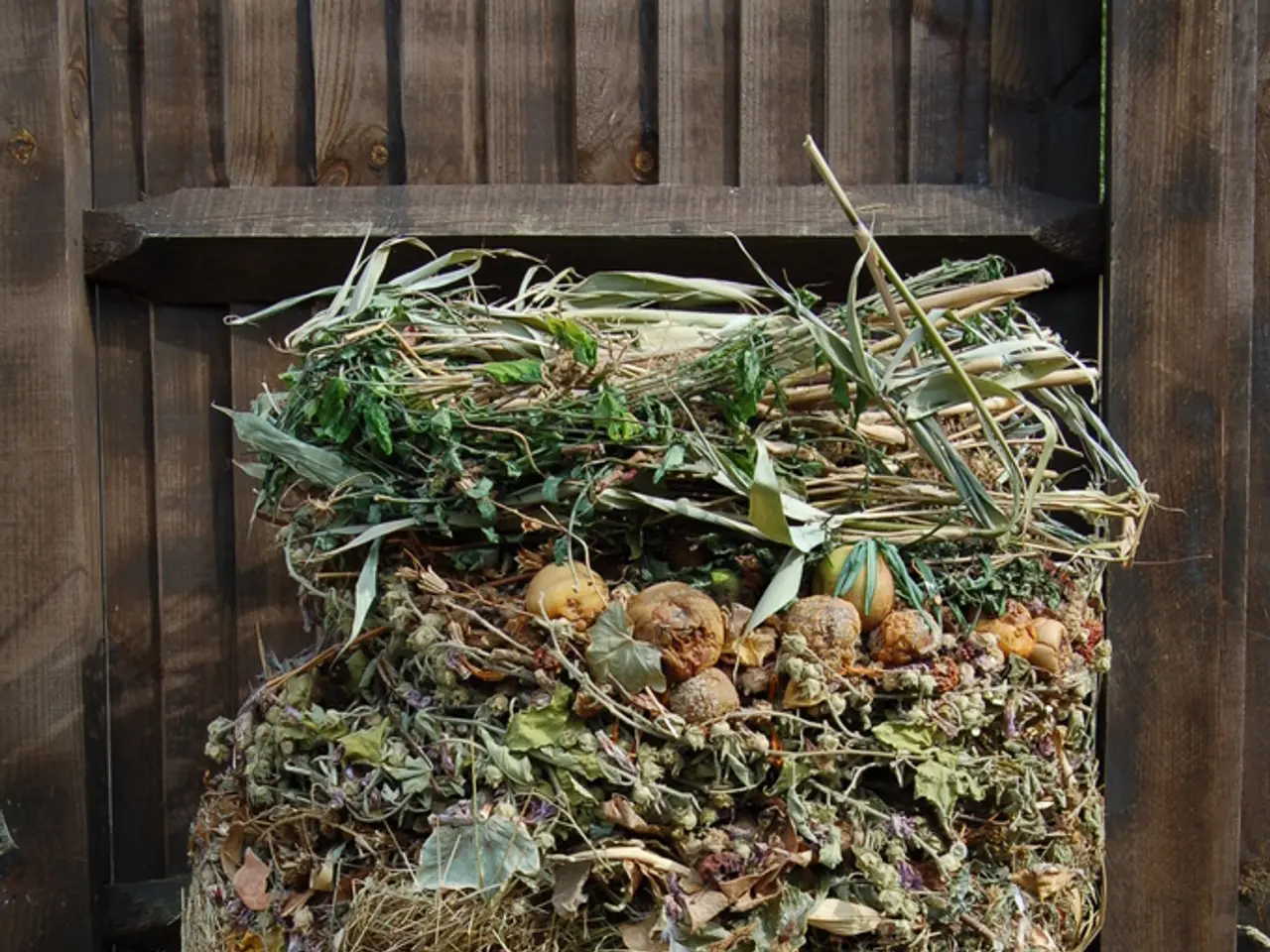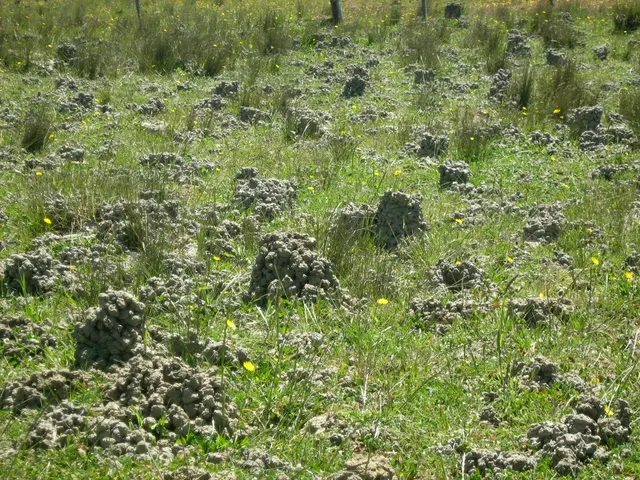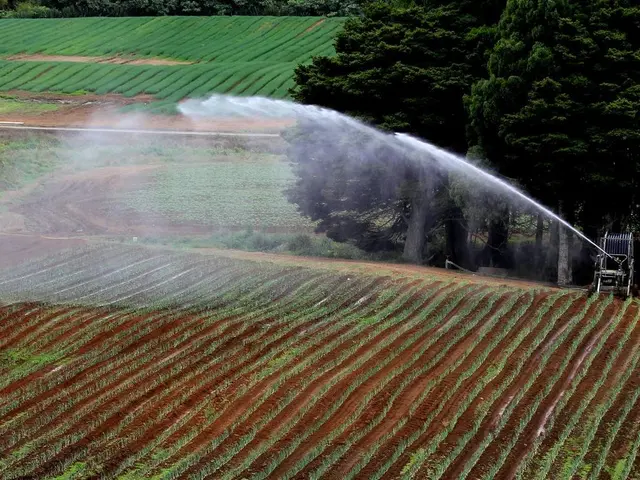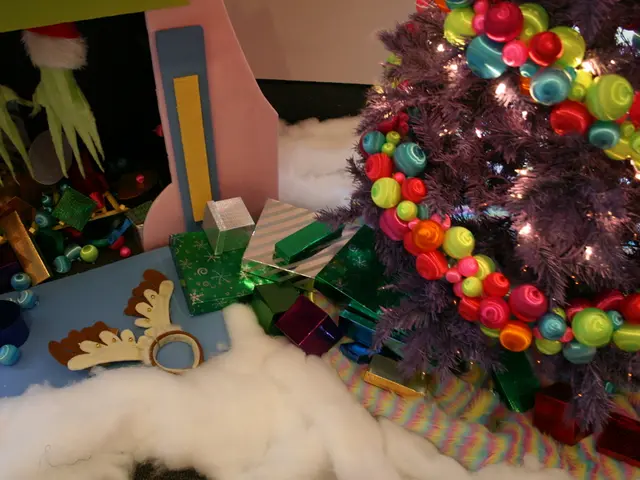Cleaning up Your Autumn Garden: Determining What Can Be Composted and What Should Be Thrown Away
As autumn approaches, the garden begins to slow down, with leaves falling, plants fading, and soil preparing for its winter rest. This seasonal change presents an opportunity for gardeners to prepare for the next growing season through a crucial task: fall garden cleanup.
Composting garden waste is an excellent way to turn it into nutrient-rich organic matter that enriches the soil, improves soil health, and keeps the garden thriving year after year. Most healthy plant material, such as shredded leaves, grass clippings, and kitchen scraps from the season, are safe and beneficial for composting. To get the most from a compost pile, chop large stalks or vines into smaller pieces, balance greens and browns in a 2:1 ratio, keep it moist but not soggy, aerate it every few weeks, and consider a separate disposal method for diseased plants or invasive weeds.
However, not all garden waste is suitable for composting. Large woody materials like branches and thick stems break down too slowly in a home compost pile. In such cases, alternatives include industrial composting, using biodegradable planting pots and containers that can be planted directly or composted industrially, and, in some cases, disposing of materials via residual waste for incineration if they do not decompose well in home compost systems.
It's essential to know the difference between what to compost and what to discard. Some materials can harbour pests, diseases, or weed seeds and should not be composted. Pest-infested plants containing insects, eggs, or larvae should not be composted as they can survive in the compost pile and return next year. Grass clippings from lawns treated with herbicides or pesticides can contaminate compost and harm future plants.
Weeds with seeds or aggressive roots, such as dandelions, crabgrass, bindweed, or thistle, should not be composted as they can spread back into the garden if the seeds or roots survive. Diseased plants with blight, mildew, rust, or viral infections should not be composted as home compost piles may not reach high enough temperatures to kill pathogens.
Solarizing weeds by sealing them in a black plastic bag and leaving them in the sun for several weeks can also be an effective method for disposal. Burning (where legal) is another option for disposing of diseased plants, but local regulations should be checked first.
Municipal yard waste collection is an eco-friendly option for leaves and branches, as many towns collect and process them into mulch or compost.
Fall garden cleanup involves gathering and sorting garden debris, deciding what goes in the compost and what should be discarded. By adopting these sustainable practices, gardeners can ensure a healthier, more sustainable garden for the future.
Read also:
- Peptide YY (PYY): Exploring its Role in Appetite Suppression, Intestinal Health, and Cognitive Links
- Toddler Health: Rotavirus Signs, Origins, and Potential Complications
- Digestive issues and heart discomfort: Root causes and associated health conditions
- House Infernos: Deadly Hazards Surpassing the Flames








